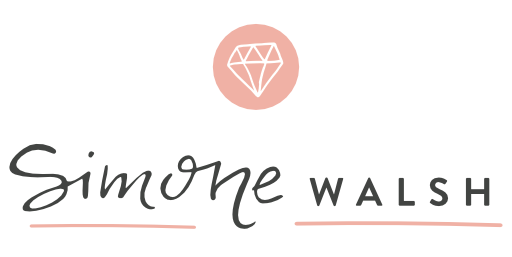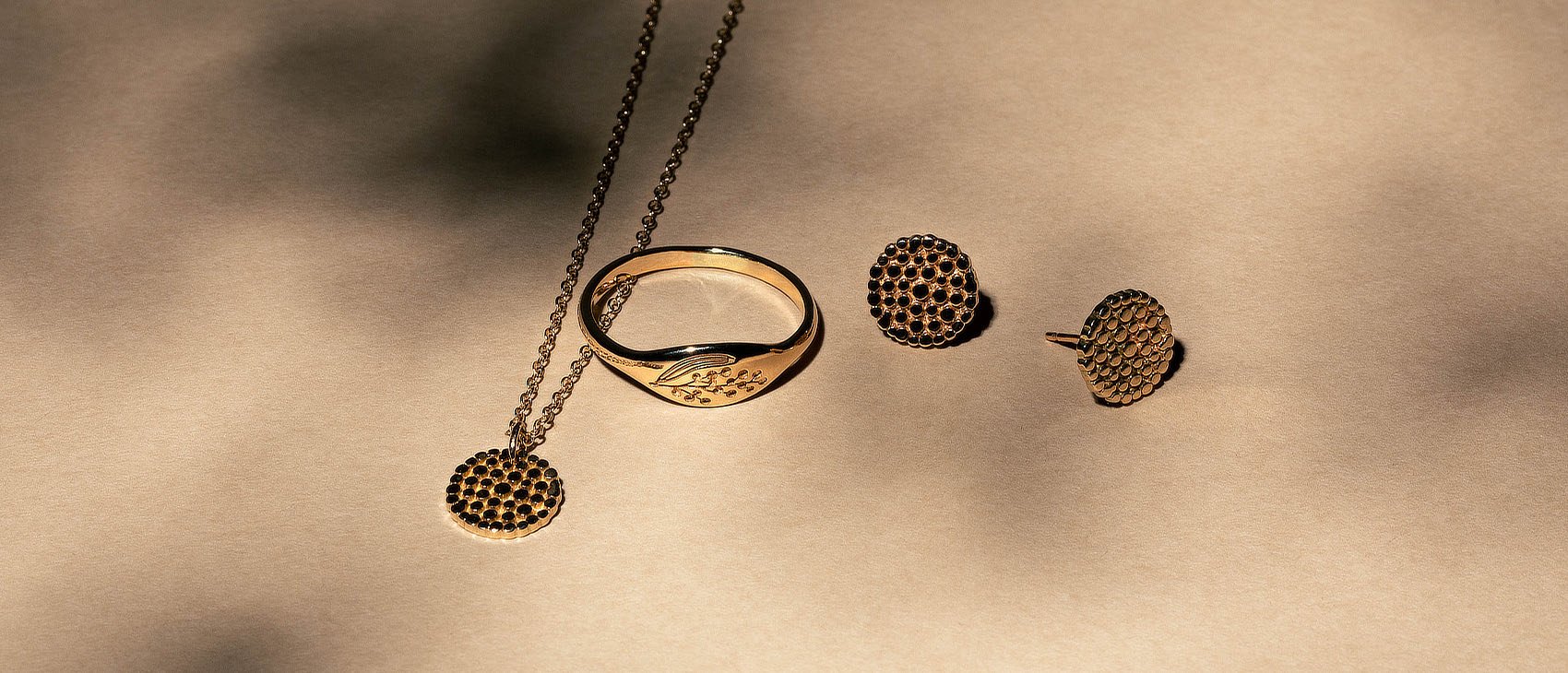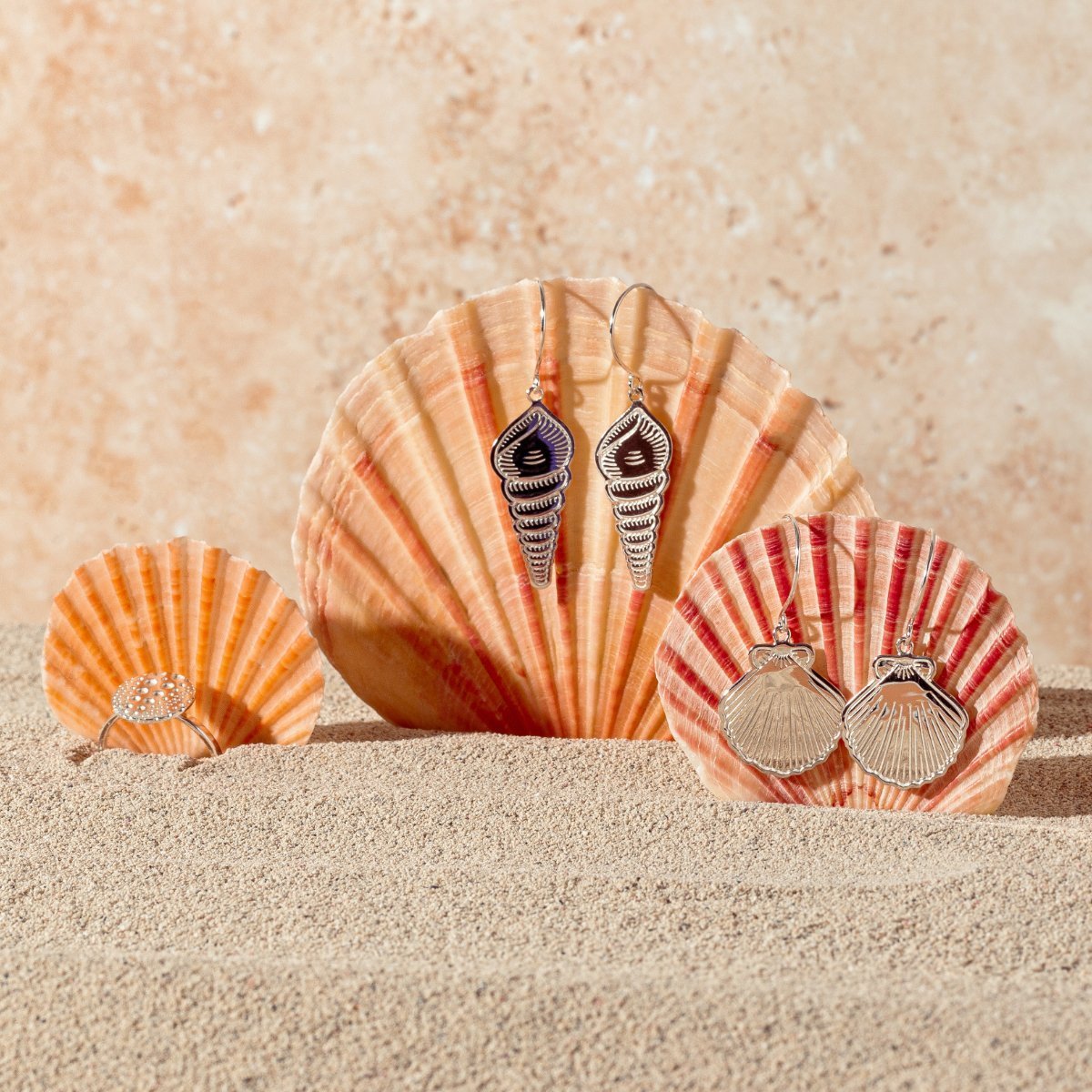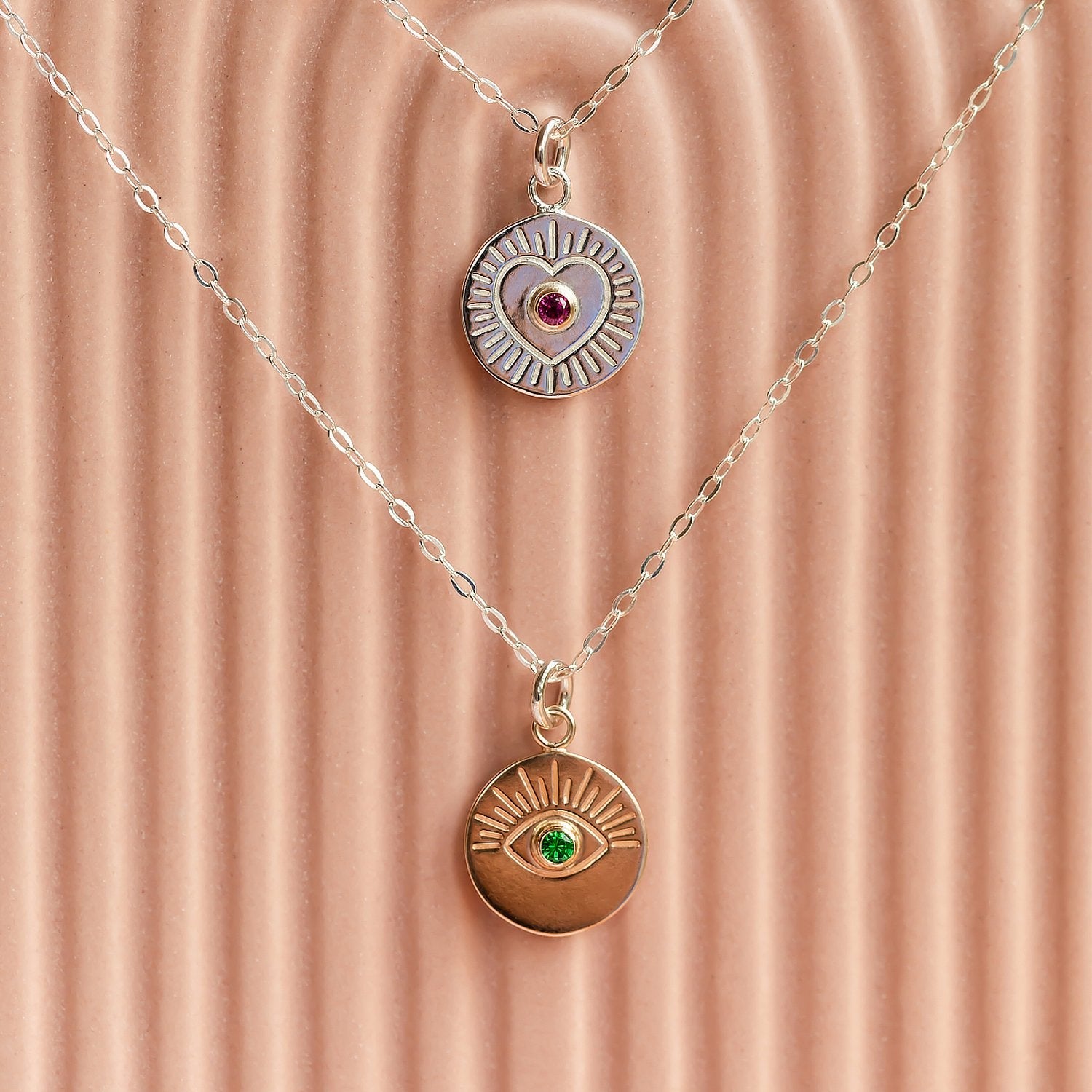 Do you know your ring size? Shopping for rings online can be challenging if you're unsure. The wrong size can mean frustration — or even the expense of returns, resizing or being stuck with a ring that just doesn't fit.
Do you know your ring size? Shopping for rings online can be challenging if you're unsure. The wrong size can mean frustration — or even the expense of returns, resizing or being stuck with a ring that just doesn't fit.
So how do you measure your ring size easily and accurately? It's not something that seems obvious, but it is very important to know your ring size if you want to shop for rings, especially online. So we're here to help you out!
Once you've found your perfect fit, explore our handcrafted rings for women featuring stackable rings, solid gold rings, and sterling silver rings. Also check out our most popular women's jewellery for more inspiration.
For more handy info, check out our ring size conversion chart, which includes measurements for women and men in mm and inches, plus conversions for Australian, US, UK and European ring sizes.
Scroll down to learn how to figure out your ring size ...
Ring Sizing Tips for the Best Fit
1. Measure at the Right Time
Your finger size changes throughout the day. It can be affected by temperature, hydration, and even hormones. For the most accurate measurement:
- Measure in the evening, when fingers are slightly larger.
- Avoid measuring right after exercising or when hands are cold.
- Check your size multiple times over a few days for consistency.
- When you're happy with a size, write it down, noting which finger the size is for.
Other jewellery tips:
2. How Should a Ring Fit?
A well-fitting ring should be snug but comfortable. It should slide over your knuckle with slight resistance.
Once on, it should feel secure but not too tight. It's important to test removing it, as it should come off with some effort but not be painful or too difficult.
3. What If Your Exact Size Isn’t Available?
Many jewellery stores carry a selection of the most common ring sizes. A number of them may be able to make a custom size if needed (we certainly can), but not all.
If your size isn’t one of the more common sizes, then choose the closest available size, provided the difference is small. For expensive or sentimental rings, or if your finger size is quite a bit different to the common sizes listed, it's best to order custom sizing.
If custom sizing isn't available, then it's probably best to look elsewhere if a common size isn't going to be a fit for you, unless you're confident the ring could be resized by a manufacturing jeweller at a reasonable price (it's best to check first).
Note that ordering a custom sized ring might limit your ability to return the ring if you got the size wrong, so it's important that you're sure.
It's a good idea to check the returns policies of the jewellery store before ordering. Rings that a jeweller has taken the time to make to a custom size may be difficult - even impossible - to sell to another customer later, so returns are not necessarily accepted if you made a mistake.
4. Should You Go Larger or Smaller?
If you're between sizes, we recommend that you go slightly larger. A ring that’s too small may feel uncomfortable and be very difficult to remove, which is less tolerable than a ring that is slightly loose.
However, if the ring is too loose it will fall off easily, which is also not ideal. Getting a close enough size is important!
Ultimately your own comfort should be the deciding factor.
5. Wide Band Rings Need a Larger Size
If the ring band you're looking at is 7mm or wider, you’ll need a larger size:
- Go up half a size in US sizing.
- Go up one full size in Australian / UK sizing.
6. Consider Knuckle Size
If you have large knuckles, it's important that your ring fits over them comfortably. Measure both your finger where the ring will sit and also your knuckle. Then pick a size between the two measurements.
Note that if there's a large difference between the two measurements (as in the case of arthritic fingers), err towards the size of your knuckle. Your larger knuckle should still keep the ring on your finger, even if the ring is loose.
7. Different Countries Use Different Ring Sizing Systems
Ring sizing systems vary globally:
- Australia & UK: Alphabetical (Wheat Sheaf) system.
- US & Canada: Numerical sizing.
- Europe: ISO standard (size = inner circumference in mm).
Check our ring size conversion chart for conversions between these ring sizing systems.
How to Measure Your Ring Size
1. Use a Ring Sizing Kit (Most Accurate)
For best results when measuring your ring size at home, using a professional ring sizing belt is the best option.
The ring sizing kit in our online store contains a ring sizing belt which is reusable and gives precise measurements. It also includes a discount on your next ring purchase ... and what's not to love about that?
2. Measure a Ring You Already Own
If you have a ring that fits well, just follow these steps:
- Download and print our ring size guide (be sure to read the printing instructions first!)
- Match your ring's inside edge to the chart
- Find the closest size match
- Shop for new rings!
This also is an excellent way to work out the ring size for someone you want to surprise with a ring as a gift. Be sure to choose a ring that the person wears on the same finger as you intend for the ring you gift.
3. Quick & Dirty DIY String or Paper Method
We don't recommend this method as it's really not the most accurate, but it's useful for a quick estimate if you're happy to take the risk:
- Cut a thin strip of paper (15cm long x 0.5cm wide).
- Wrap it around your finger where the ring will sit.
- Mark where the ends meet and measure in mm or inches.
- Compare with our ring size conversion chart to determine the closest size.
4. Visit a Jeweller
For absolute accuracy, visit a professional jeweller, such as at a manufacturing jeweller's or jewellery store, to have your fingers measured properly. Most jewellery stores will be happy to do this for you.
5. Keep a Record!
Once you've got your ring size for one or more fingers, make sure you note it down somewhere that's easy to remember, including which fingers the sizes relate to.
Ring sizes don't change very often, but can do if you've lost or gained weight, or if you develop arthritis or have another issue with your fingers. We recommend re-checking your size as needed.
(Reading this on a website that isn't simonewalsh.com? Be aware that the content has been stolen, infringing the copyright of a small business. ABN: 65108844126)
Final Thoughts: Find Your Perfect Ring
Knowing your ring size takes the guesswork out of shopping for rings - and can help you avoid potentially costly mistakes, so it's important to get right.
Once you’ve found the right size, check out our handmade rings, including in solid gold rings, sterling silver rings, and stacking rings.

Shop Online for Rings & More
Now you know how to measure your ring size, you should check out our Australian rings: we've got handmade stacking rings, signet rings, silver and gold bands, and much more in our jewellery store.
We also have unique necklaces, earrings and bracelets. Easy shopping and FREE shipping in Australia: you're sure to find something you'll love. We also have many great gift ideas for women, made in silver, gold and gemstones.
Useful links
- Ring Size - Wikipedia
- About Rings - Encyclopaedia Britannica
- How Many Sizes can a Ring be Resized - Quick Jewelry Repairs


 Handmade solid gold rings
Handmade solid gold rings Sterling silver rings
Sterling silver rings Cocktail rings Australia
Cocktail rings Australia Simone Walsh is a
Simone Walsh is a 
